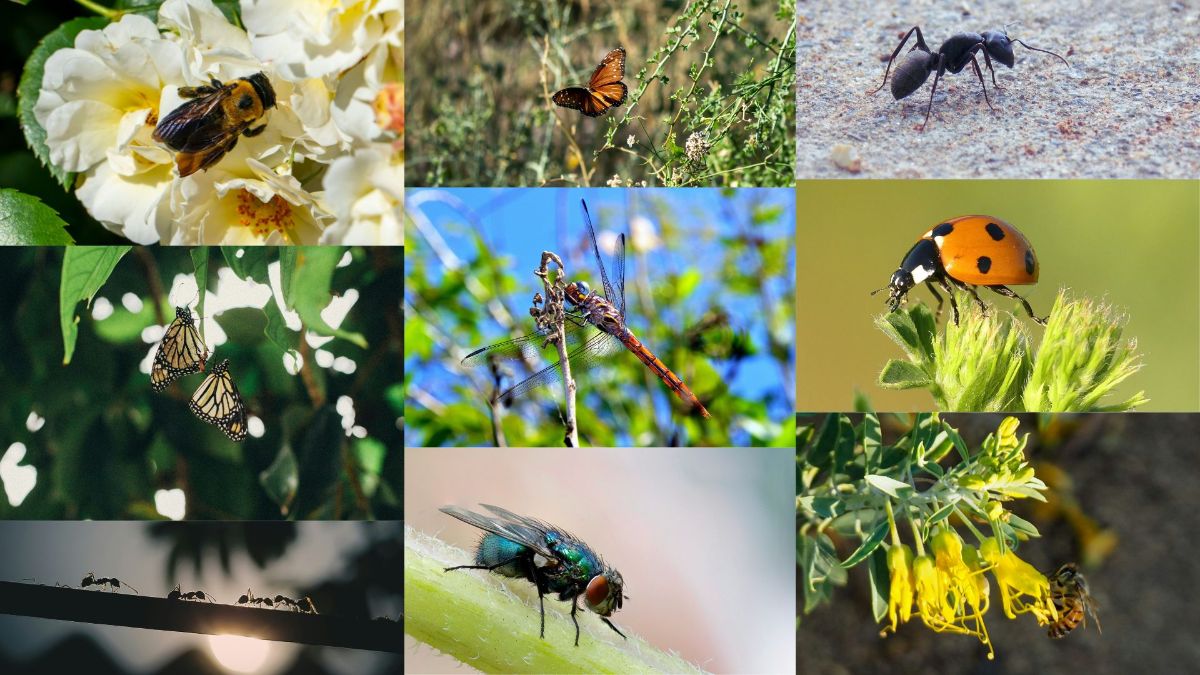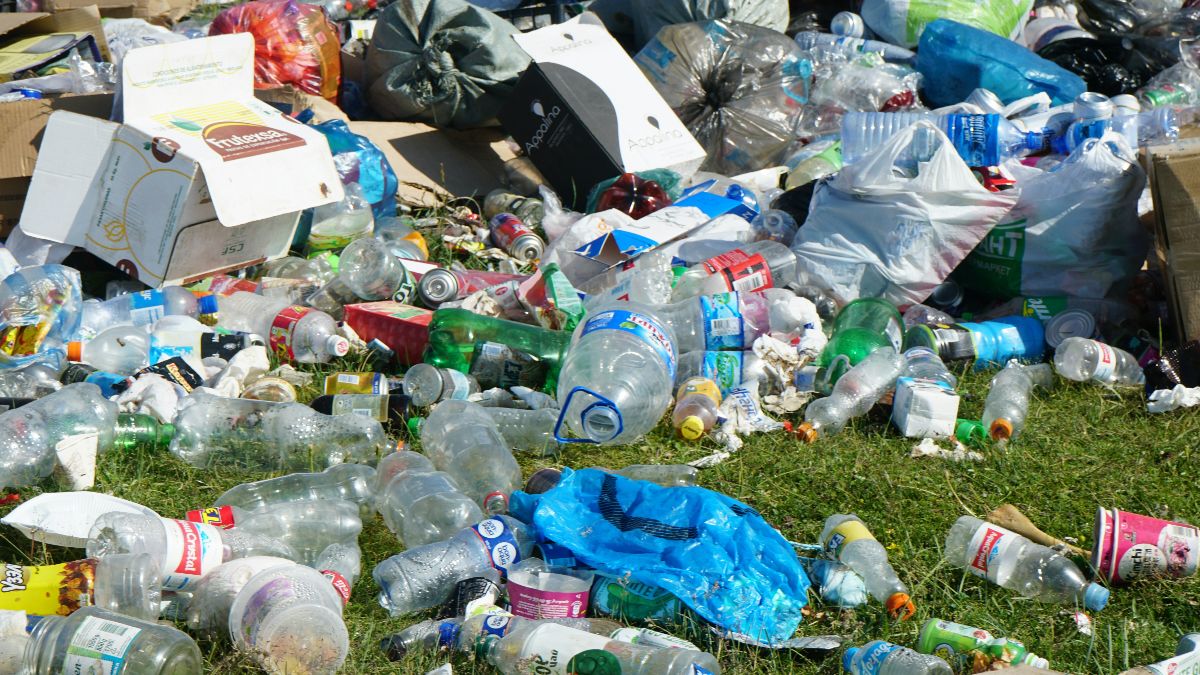The Little Things That Run the World

In 1987, in a brand new journal called Conservation Biology, the pioneering entomologist E.O. Wilson published a short article titled “The Little Things That Run the World (The Importance and Conservation of Invertebrates)”. In it, Wilson painted a chilling picture of what the world might look like without insects. As the most diverse group of animals on the planet, insects account for around 80% of all known species. They form the foundation for all other life, performing many critical ecosystem functions including pollination, soil maintenance, nutrient cycling, pest control, and as a food source for numerous animals. Their importance to humans cannot be overstated: as just one example, one out of every three bites of food we eat is provided by pollinating insects. Thus, without insects, humankind—along with most of life on Earth—would soon vanish.
Now, almost 40 years later, we risk seeing Wilson’s hypothetical insect-less future become reality. As scientists continue to learn about the essential roles insects play, entire species are being lost (5% to 10% over the last 150 years) and over 40% of insect species have declined over the last decade. Since Wilson wrote his now-famous article, global insect populations have declined by around one-third. There are many contributing factors: pesticides, pollution, climate change, invasive species, and above all, loss of native habitat. While they get less attention than mammals or birds, the ongoing loss of insects is an existential threat that requires urgent attention.
CBI has worked on a limited number of insect conservation projects. However, given the growing crisis, we feel it is important to increase our focus on this critical issue. Towards this goal, we are thrilled to announce the addition of Dr. Chris Cosma to our team, who brings with him fresh approaches to insect conservation (see below). For example, given their immense diversity and variable responses to environmental change, the species-by-species approach to conservation, which is a common strategy for larger organisms, may not be suitable for insects. Instead, adopting a community-level focus, and integrating tools such as ecological network analysis and spatial analyses, offers great hope for protecting and restoring the world’s insects. Additionally, unlike many larger organisms which rely heavily on large protected areas, the battle to save insects will be won by restoring small, stepping-stone habitats to increase connectivity across human-dominated landscapes. This includes the largely untapped resources of marginal lands in agricultural and urban areas (including hedgerows, private yards and gardens, and road medians). It is in part the little things that we can do—such as converting lawns to native plants and advocating for wildflower plantings along highways—that will help save the little things that run the world.
Welcome Dr. Chris Cosma

CBI welcomes Chris Cosma to CBI! Chris recently earned his Ph.D. from the University of California, Riverside where he specialized in Lepidopteran Conservation Biology. Chris received numerous grants and awards while at the university. Most recently, he serves as Co-lead of a working group funded by the National Center for Ecological Analysis and Synthesis (NCEAS) tasked to improve our practical knowledge of plant-insect relationships to advance pollinator conservation. Chris brings considerable knowledge and energy to protecting and restoring insect populations, especially moths and butterflies, and will initially be working on improving the conservation effectiveness of private lands enrolled in the USDA Conservation Reserve Program.
Earth Day 2024

I remember the first Earth Day on April 22, 1970. I was in 8th grade anticipating the move to the high school in the fall. But on that Wednesday afternoon, I still remember heading out with my garbage bag and my collecting stick (nail at the end of an old broom handle) and going about the school grounds picking up paper and plastic waste. It was not viewed as a big deal by the school – I was out alone that day, but it meant a lot to me to honor the first Earth Day in some way. This year, the theme is ‘Planet vs Plastics’. Plastics in the environment have grown over the last 54 years – we have a plastics problem. Most have heard about the Pacific Garbage Patch, which is actually two patches – one off the coast of California and one off the coast of Japan. According to NOAA Marine Debris Program, it would take an estimated 67 ships one year to clean up less than 1 percent of the North Pacific. Closer to home – our bodies – there is growing alarm about nanoplastics finding their way into our bloodstream. Researchers at the National Institutes of Health reported that, on average, a liter of bottled water included 240,000 tiny pieces of plastic. Little did I know that the plastic I was picking up with my stick back in 1970 would turn out to be a much bigger problem.
First Data Basin Newsletter Comes Out This Month!

As you may recall from our March edition, we have a new monthly newsletter coming out for our sister website this month! With over 50,000 users, we are very excited to have a new way of keeping people up-to-date with user experiences, high-resolution mapping, and tips on how to best utilize our rapidly growing initiative, Data Basin!